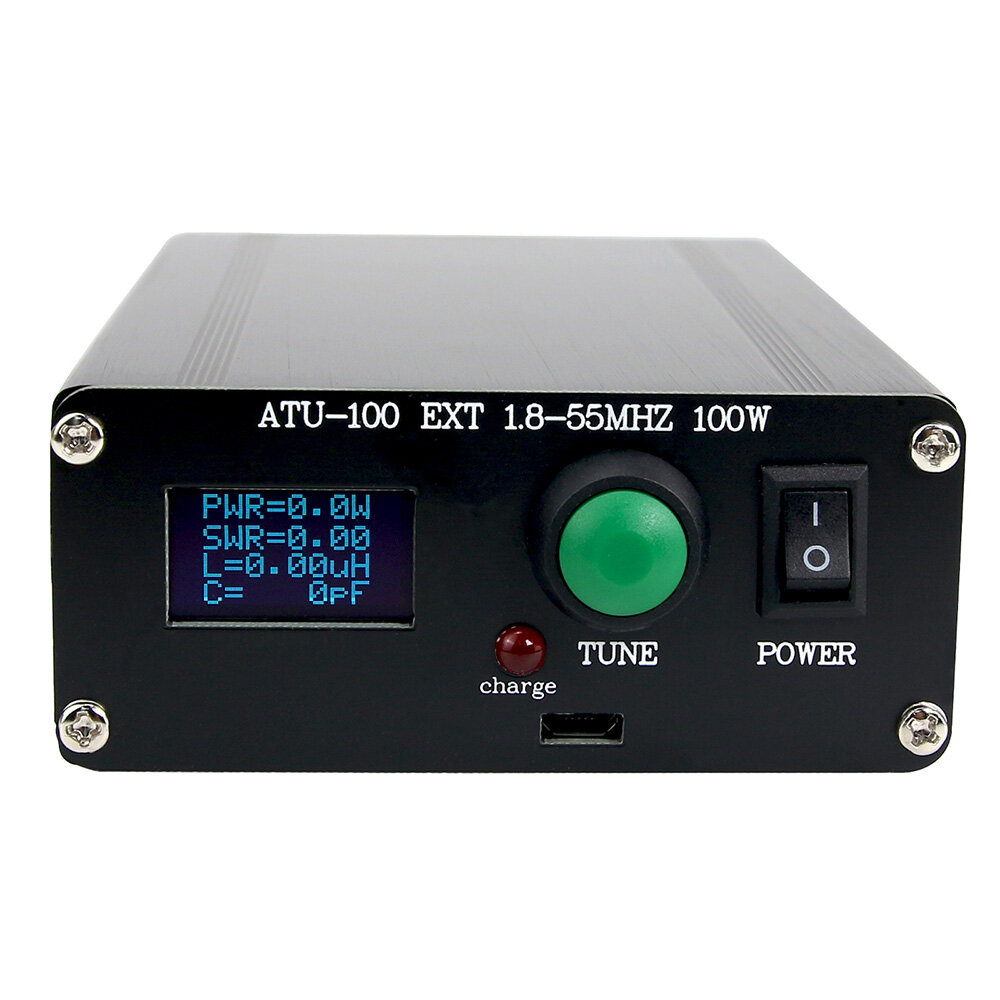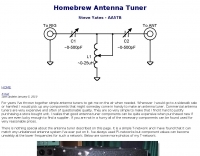

The field lines penetrate the surface of the Earth and produce a current that flows back to the ground point, incurring heat losses. Figure 4 illustrates the behavior of the electric field lines for a vertical antenna over ground. Grounding is necessary to close the loop for the currents. 4įigure 6 Current distribution in a short antenna, including the ground current. Where C a is the equivalent capacitance of the antenna in pF, D is the diameter of the wire, R F the input-output impedance of the λ/4 antenna, R S the radiation resistance, Z a the characteristic impedance of the wire and l the length of the element.įigure 4 Vertical antenna showing the current loop through the ground.įigure 5 A poor ground near the antenna’s base results in losses from the return current (a), while a ground network or counterpoise reduces the losses (b). The electrical equivalent of an electrically short antenna is given by

An extreme example is the capacitive hat another is a “loading” coil located about two-thirds of the length - although this reduces the usable bandwidth. Many antennas are bent at the end to make them mechanically smaller. The electric field of the antenna is needed for resonance. The magnetic field of the antenna is generated by RF current in the antenna wire or rod, perpendicular to the antenna. The typical mobile/portable application using a vertical antenna reflects the evolution of the dipole to a monopole: a symmetrical two-wire antenna made asymmetrical with a transformer and best performing with a set of resonant radials and a counterpoise or some kind of grounding. Figure 3 shows the measured impedance of the antenna from 2 to 30 MHz, which covers both tactical military and some amateur radio bands. The analyzer is connected to the symmetrical dipole with a mechanically small, 1:1 symmetrical-to-asymmetrical ferrite transformer covering 1 to 60 MHz. Now consider a symmetrical, non-resonant dipole, each side 5 m long, with the center point connected to a battery-operated network analyzer approximately the same size and surface area as a manpack. Both sides were equally long and used end-loading metal balls, acting as a capacitive device to reduce the length of the two λ/4 resonant segments.

The first resonant dipole antenna, developed by Heinrich Hertz in 1887, was driven from a “noisy” spark gap transmitter (see Figure 2). They are similar to other HF, VHF and UHF transceivers popular with radio amateurs.įigure 3 Measured impedance of a 2 x 5 m non-resonant dipole antenna from 2 to 30 MHz. The two R&S units are multiband, multirole and multimode software-defined radios (SDR), covering HF and VHF (R&S®MR3000H) and 25 to 512 MHz (R&S ®MR3000U, shown in Figure 1). Two Rohde & Schwarz battery-operated manpacks with internal ATUs were used for testing, comparing their internal ATUs with the performance obtained using external tuners. This article explores optimizing antenna performance for HF and VHF (defined here as 30 to 108 MHz) manpacks using an antenna tuning unit (ATU). While some users drag a wire up to 8 m behind, this is not an ideal solution.
L ANTENNA TUNER PORTABLE
In general, the whip antenna which makes the radio portable is not optimized for signal propagation: a whip antenna has no ground return or proper counterpoise.

Even as the current sun spot cycles do not favor radio operation in the HF band (defined here as 1.5 to 30 MHz), there are military and amateur radio applications for 20 W battery-operated radios with whip antennas.


 0 kommentar(er)
0 kommentar(er)
